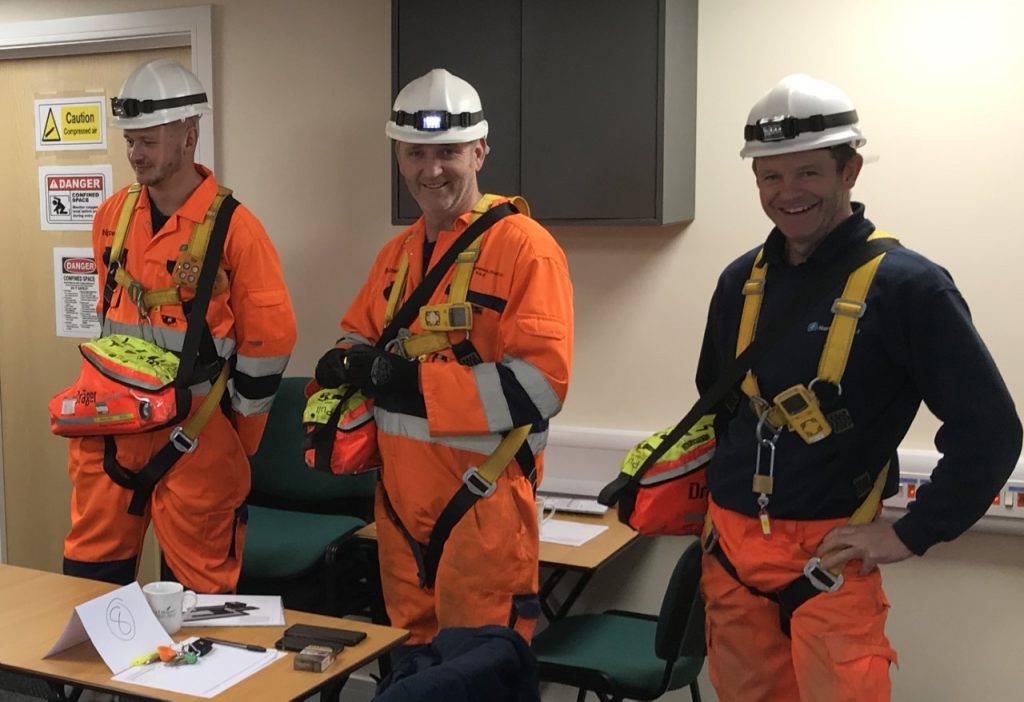The confined space course is designed to provide individuals with the knowledge and skills necessary to work safely in confined spaces. These are typically areas with limited entry and exit points and can be hazardous due to inadequate ventilation, limited traffic, and potential exposure to hazardous substances. The training enables participants to identify potential hazards, assess risks, and apply appropriate safety protocols when working in such environments.
The course curriculum often covers various topics, including defining and classifying confined spaces, relevant regulations and standards, hazard recognition and assessment, entry and exit procedures, atmospheric monitoring, ventilation techniques, personal protective equipment, and emergency response protocols.
A key aspect of training is the identification of hazards. Participants learn to recognize the hazards commonly found in confined spaces, such as toxic gases, flammable materials, oxygen deficiency, and physical obstructions. They also become familiar with the potential consequences of exposure to these hazards, including asphyxiation, chemical burns, fire, explosion, and injury from falling or moving equipment.
Risk assessment is another important component of the course. People are taught how to assess the risks involved in working to enter a confined space, taking into account factors such as the nature of the space, the tasks to be performed, the equipment required, and the potential hazards present. By conducting a thorough risk assessment, workers can make informed decisions about entering a confined space and what safety precautions to follow.

Special attention is paid to proper entry and exit procedures to ensure safe access to and exit from confined spaces. Participants will learn about permission systems that set clear entry rules and the importance of proper communication and coordination between team members during confined space operations. In addition, they understand the importance of continuous atmospheric monitoring to ensure that indoor air quality remains safe for the duration of the assignment.
Ventilation techniques are being researched as a means of reducing the hazard. Participants learn about various ventilation methods, such as natural and mechanical ventilation, and how to apply these methods to maintain a safe working environment effectively.
The confined space course emphasizes the importance of using adequate personal protective equipment to protect workers’ health. Participants are introduced to the types of training needed for various confined space scenarios, including respiratory protection, fall protection, and protective clothing.
Emergency response protocols are an essential aspect of confined space training. Participants learn how to develop and implement emergency plans, including procedures for rescuing workers in distress. They understand the importance of constant communication, the role of assigned rescue personnel, and the use of specialized equipment for rescue operations in confined spaces.
Summary
The confined space course provides individuals with the comprehensive knowledge and skills to safely navigate and work in confined spaces. Training is essential for industries where work in confined spaces is common, such as construction, manufacturing, utilities, and maintenance, as it helps prevent accidents, injuries, and deaths in these challenging environments.

